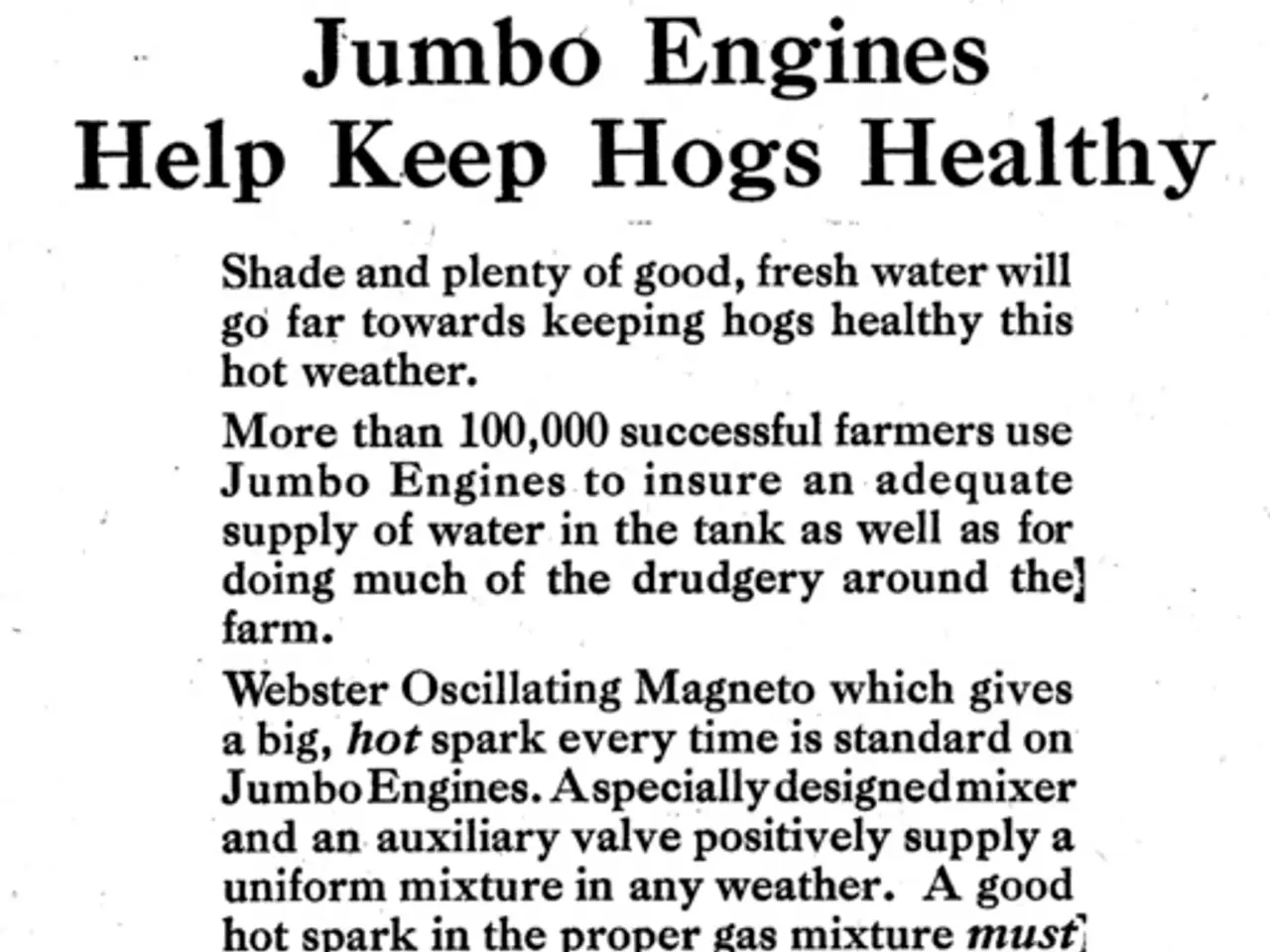Utilizing Microsoft's AI Assistant, Copilot: A Step-by-Step Guide
Microsoft has unveiled a new AI assistant called Copilot, designed to enhance productivity by integrating advanced AI technology directly into Microsoft 365 productivity apps. The latest version of Copilot runs on GPT-5, OpenAI's newest generative AI model.
Copilot is accessible on various platforms, including PCs, Macs, laptops, and phones via the Copilot app. It offers a wide range of key features, such as drafting documents, emails, presentations, and code; analyzing data; summarizing meetings; rewriting text for clarity or style; automating repetitive tasks; and enabling voice interaction on mobile. Additionally, Copilot embeds knowledge from your organization’s Microsoft 365 content to provide personalized, context-aware assistance.
How Copilot Stands Out
Unlike Google Assistant and other AI software, Copilot is uniquely designed as a productivity-boosting AI assistant embedded directly in work applications. While Google Assistant is primarily a voice-based, general-purpose assistant geared towards personal tasks and smart device control, Copilot offers deep integration within Microsoft 365 apps and services, using organizational Microsoft 365 data (documents, emails, meetings) for personalized help.
Other AI software like ChatGPT provides conversational and content generation capabilities, but without direct file or data integration. Copilot's AI model is based on GPT-4 with Microsoft’s security and compliance layers, offering enhanced admin controls, governance features, new authoring tools for SharePoint, support for new file types, and novel capabilities in Word such as iterative drafting and content restructuring.
Using Copilot
The Copilot homepage features a 32k token context window, a picture icon for uploading documents and images, and a microphone icon for speaking queries. To generate a poem in a specific style, such as the style of Homer's Illiad, it's important to specify that point to the system.
Copilot offers two modes: the Copilot mode for asking questions and conversing with the AI, and the Notebook mode for collaborating on longer written works. Users can adjust Copilot's response style (More Creative, More Balanced, or More Precise) directly above the context window.
The settings menu in the top-right corner allows users to adjust various privacy, user, and appearance options. The Chats menu in the far right of the screen is a historical list of things the user has talked about with the AI. To clear your entire Copilot history, sign in to the privacy dashboard with your personal Microsoft account, navigate to the Copilot activity history section, and select "Clear all Copilot activity history and search history."
To sign up for Copilot, visit the Copilot website, sign in or create a new account, and choose whether you're applying with a personal or work/school account. The Plugins menu in the far right of the screen includes API calls that can be applied to a Copilot chat to leverage specialized product information for queries about grocery shopping, travel accommodations, and price matching.
When using prompts in Copilot, it's important to clearly specify the task the AI should perform. For example, asking it to "write a poem about nature" will result in a pre-generated poem. When asking Copilot to generate images, it's best to be clear and specific about what you want, avoiding subjective terms like "good" or "pretty."
The Song of Aeolus
One of the poems generated by Copilot is titled "The Song of Aeolus," a stylistically accurate representation of a classic Greek epic about Aeolus, the wind-king, and his control over the tempests, as well as the journey of Odysseus.
There are other AI platforms available, such as Google's Gemini, OpenAI's ChatGPT, and Perplexity AI. Microsoft Copilot, with its deep integration into Microsoft 365 productivity apps, offers a unique and powerful solution for professionals seeking to automate document workflows, data insights, and communication summarization directly within familiar Microsoft apps, significantly enhancing efficiency.
[1] Microsoft. (2023). Microsoft Copilot announcement
[2] OpenAI. (2023). GPT-5 announcement
[3] Google. (2023). Gemini announcement
[4] Perplexity AI. (2023). Perplexity AI announcement
Copilot, unlike Google Assistant and other AI software, is a productivity-boosting AI assistant embedded directly in work applications, focusing on integrating advanced AI technology into Microsoft 365 productivity apps. While Google Assistant is primarily a general-purpose assistant for personal tasks, Copilot uses AI technology based on GPT-4 and offers advanced features like drafting documents, summarizing meetings, and automating repetitive tasks within Microsoft 365.
AI software like ChatGPT provides conversational and content generation capabilities, but without direct file or data integration, unlike Copilot. Copilot also offers unique features such as iterative drafting and content restructuring in Word.




